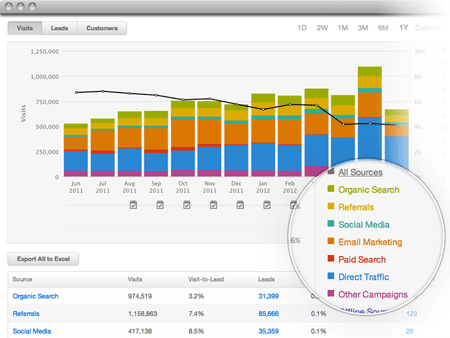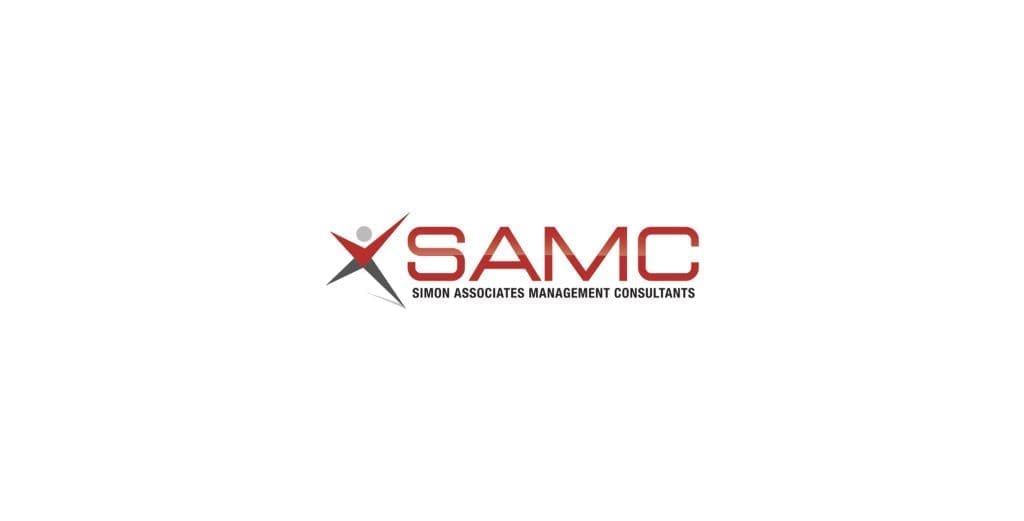 An Introduction to Inbound Marketing
An Introduction to Inbound Marketing
In the early fall of 2014, I wrote a blog about Inbound 2014. That was the HubSpot conference I attended in September, 2014, where I listened to two fascinating speakers. They both talked about leadership and innovation — something we are quite interested in at Simon Associates (SAMC), particularly since we specialize in helping organizations find their “blue oceans.”
So, what exactly is Inbound Marketing? As HubSpot, an inbound marketing and sales platform, defines it, it is a philosophy, a methodology and a set of tools.
Specifically, Inbound Marketing is a highly insightful business approach that recognizes that everyone (both businesses and consumers) buys differently than they did in the past. Buyers now want to be well-informed. As a matter of fact, at SAMC we have heard a number of stories about B2B as well as B2C buyers who are ready to “sign on the line” just by reviewing the content companies provide on their websites, blogs, etc.
In essence, when buyers come to you through Inbound Marketing, they are pre-sold.
If that is the case, where do buyers start? You got it…most likely by searching, and there is a high probability they use Google. Indeed, Pew Research studies indicate that even in healthcare, nearly three quarters of people who use the Internet have used online search for health information! And that information is a huge part of their decision-making process.
Step One: Create Great Content
So what can you do to get these “searchers” to find you? To begin with, offer them great content that gives them information, teaches them something and/or answers their questions. In other words, content that satisfies what they’re looking for.
Producing relevant, original content, or re-purposing content that already exists, greatly increases the likelihood that your company will appear higher up in search rankings. And this content is the foundation for executing a great Inbound Marketing campaign.
High-quality content has two purposes: 1) it attracts new customers, and 2) it reinforces your position with the old ones. So if we are talking about a “tool kit,” irrespective of which one you use, the basis must be content! This becomes your roadmap to success: producing and publishing the right content for the right customers at the right time and place.
Step Two: Test the Tool Kit
So what else is in the tool kit? While great content is critical, the way you deliver it must include measurement tools (a dashboard) as well as delivery vehicles to ensure consumption of that content (key word analysis, blogs, white papers, calls to action). These are all critical to an Inbound campaign.
At SAMC, we use HubSpot as our platform. What I particularly like about HubSpot is that its templates and parameters allow us to execute targeted marketing campaigns in a coherent fashion.
How We Came to HubSpot Several years ago, Andi and I (SAMC partners as well as life partners) recognized the value of Inbound Marketing. Yet, while we understood that there was  great value in it, we also understood that the execution of it would require a significant amount of time and energy.
great value in it, we also understood that the execution of it would require a significant amount of time and energy.
In the end, we made the conscious decision to commit to writing white papers, developing webinars and videos, and especially, blogging. (In fact, we developed a blog publishing schedule of 8 blogs per month since HubSpot conducted a study in 2009 that indicated that blogs increase readership of websites by as much as 55%).
In retrospect, I would say that we were less than organized and systematic. This discomfort with our approach led us to examine Inbound tools to ensure that our execution would be both coherent and sustainable. We investigated a number of alternatives and decided to go with HubSpot, primarily because of the wide array of tools they provide that support and facilitate elegant, highly measurable executions.
Was it time consuming? You bet! Writing, publishing, learning, getting HubSpot certified, and following and using all the tools didn’t come easily. But once we moved along this path, we began to see the fruits of our labor. Certainly we committed resources, but we have been rewarded with a high return on investment.
The lesson learned? That you need to use your tool kit. We had the HubSpot one and we used it! It was time well-spent and we are convinced of the payoff.
Step Three: The Payoff
As I have implied, slogging through something new is not always easy. But by using the HubSpot Inbound Marketing tool kit for ourselves, we have been able to move forward with strong results via new leads and potential customers.
As a matter of fact, we are in the process of moving some of our own clients onto a HubSpot platform. That will be great for our clients and if it is great for them, it is great for Simon Associates.
If you would like to know more about our Inbound Marketing experiences or if we can be of help to you in revamping your own marketing strategies, please contact us at info@simonassociates.net.




